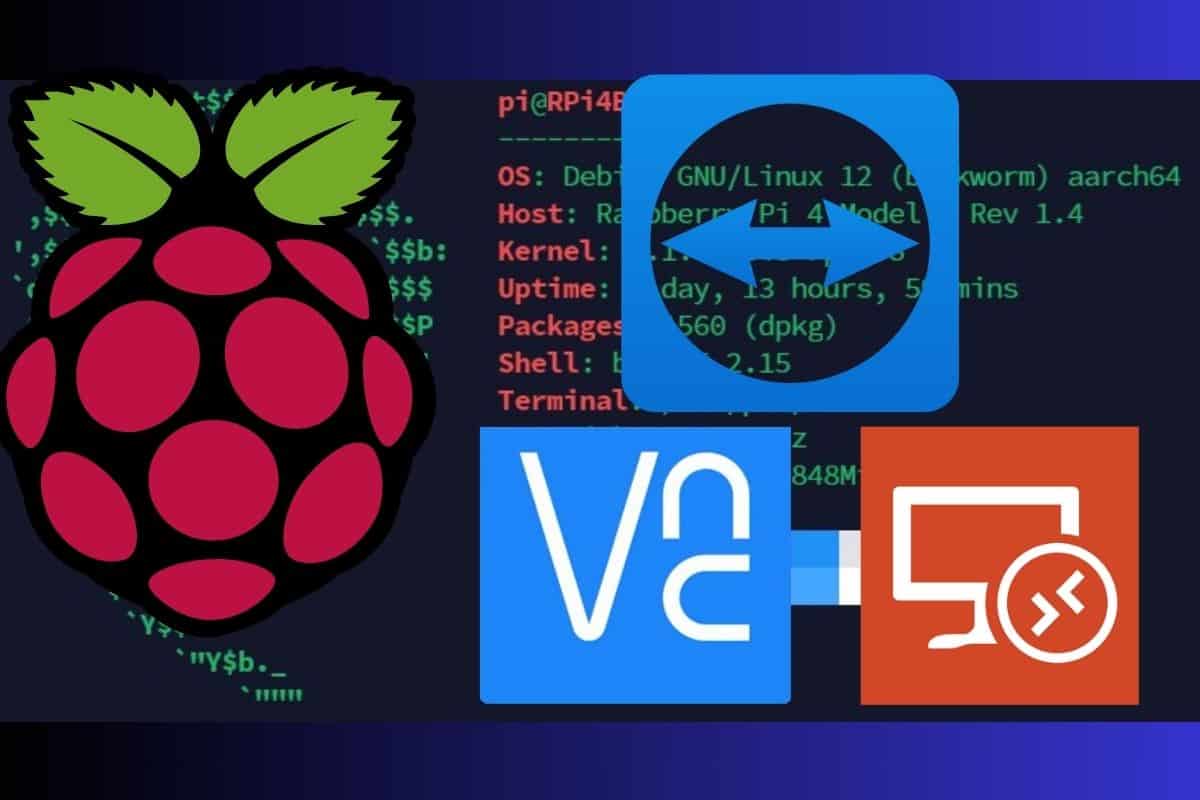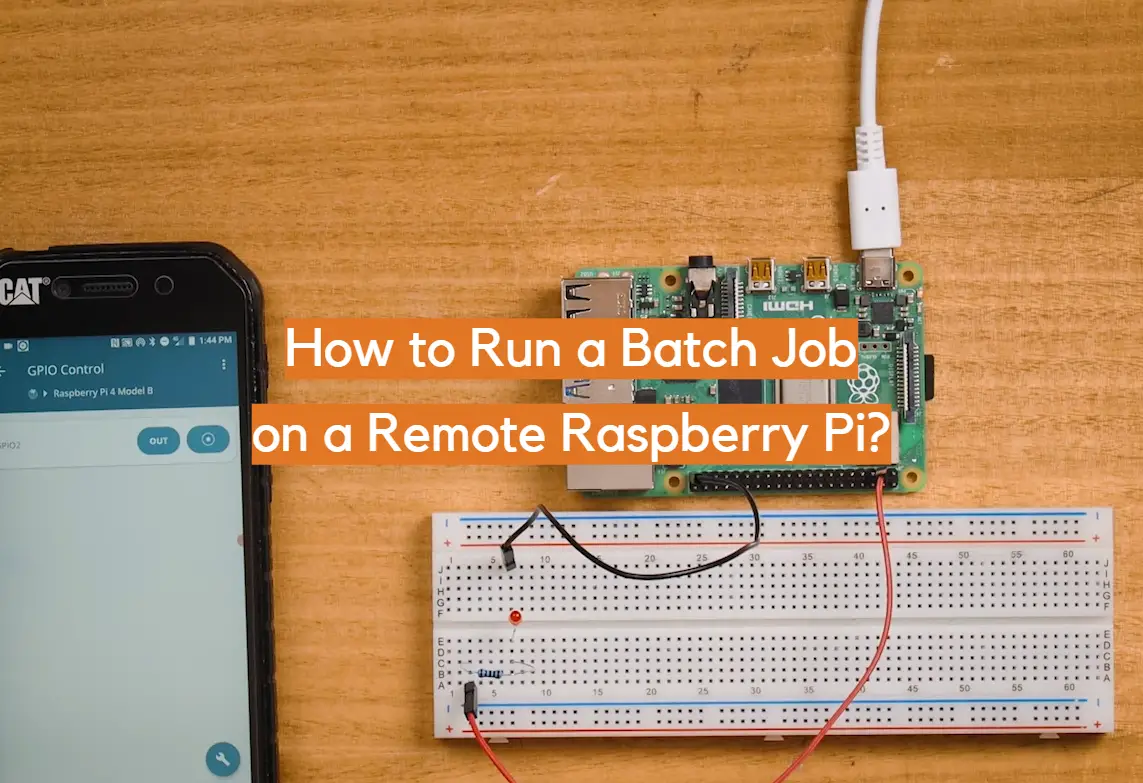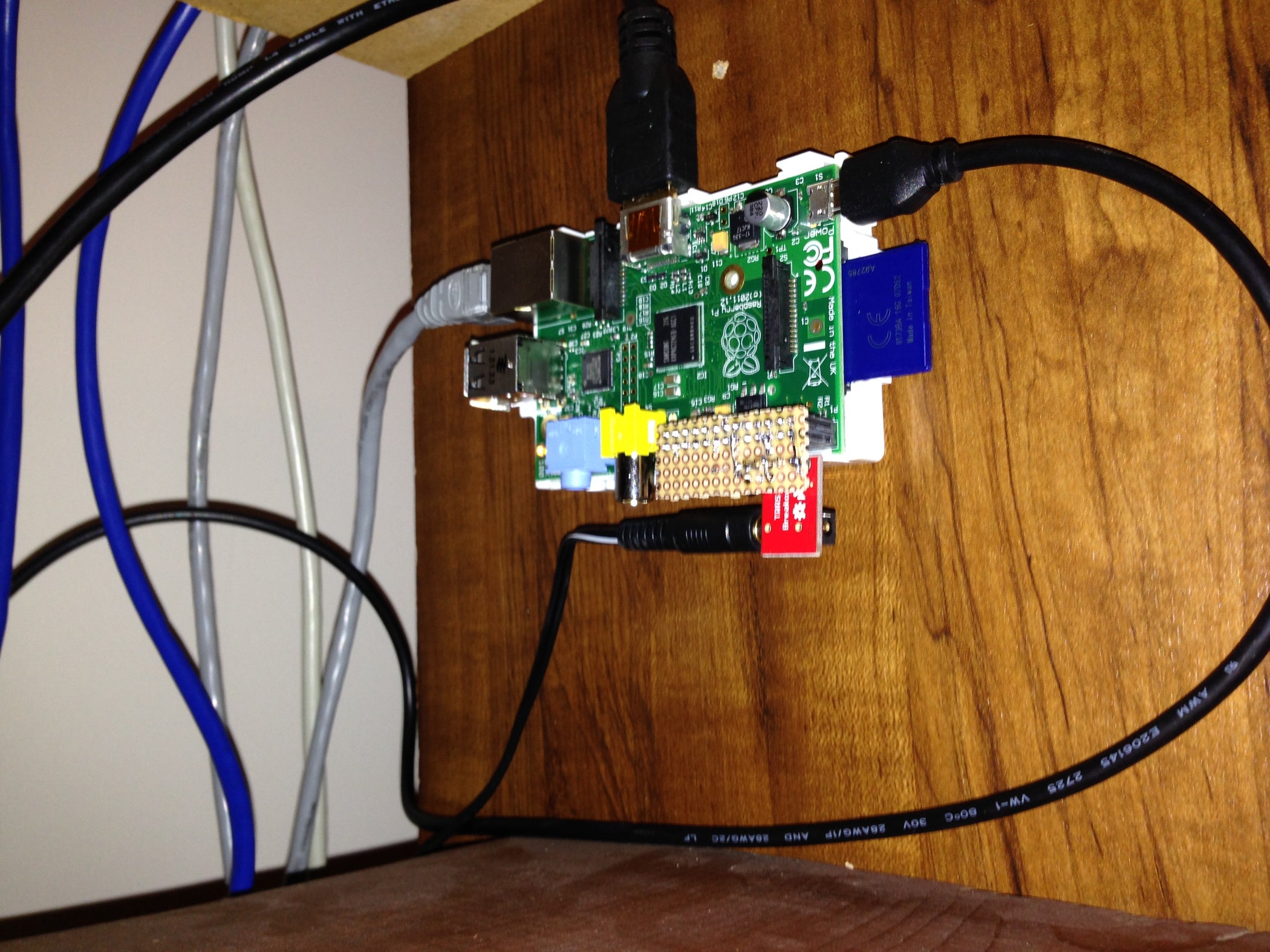Detail Author:
- Name : Dr. Clark Schmidt
- Username : caden.hudson
- Email : imccullough@yahoo.com
- Birthdate : 1984-11-05
- Address : 88979 Anya Light Apt. 726 Beattymouth, WI 80773
- Phone : +1.430.440.0657
- Company : Jacobs Inc
- Job : Title Searcher
- Bio : Expedita beatae voluptatum perferendis dolore omnis incidunt. Earum eos nobis occaecati. Itaque repellendus dolor non eaque necessitatibus voluptatem placeat quia.
Socials
tiktok:
- url : https://tiktok.com/@nwaters
- username : nwaters
- bio : Ea autem saepe omnis autem deserunt. Numquam ullam hic a voluptatum.
- followers : 6180
- following : 373
twitter:
- url : https://twitter.com/nadia_official
- username : nadia_official
- bio : Et autem natus odit nemo omnis voluptas enim. Sint et molestias nam debitis officia sit suscipit.
- followers : 6522
- following : 758
For anyone spending their days working from a home setup, or maybe running a small business right from the kitchen table, finding smart ways to make things happen automatically can feel like a real win. You know, it's about getting those repetitive computer tasks done without always having to be right there. This is where a tiny, yet quite mighty, computer like the Raspberry Pi truly shines, offering a clever way to handle various batch jobs right over the internet, giving you more freedom in your daily remote work life, so it's almost like having a little helper that never sleeps.
Think about it: from big companies to folks just tinkering around, the Raspberry Pi has made computing something everyone can get their hands on, and it does not cost a lot of money. This little device, it's truly a marvel for anyone wanting to learn about coding, whether you're a young person just starting out or someone looking to pick up new skills later in life. There are so many free online resources available from the Raspberry Pi Foundation, offering challenges and ways to learn that anyone can use, no matter where they are in the world, which is really something special.
Getting started with your own Raspberry Pi computer is surprisingly easy and, in many cases, it won't cost you a thing to begin. You can write powerful programs and even build exciting physical projects with the help of experienced educators. The Raspberry Pi Foundation also has a certificate in applied computing, which helps students pick up important digital abilities, getting them ready for more learning or for the modern workplace. We are, you know, a charity with a big goal: to help young people reach their full potential through the amazing power of computing and digital ways of doing things, and that, is that.
Table of Contents
- Why the Raspberry Pi is a Great Fit for Remote Work Automation
- What Are Batch Jobs, Anyway?
- Getting Your Raspberry Pi Ready for Remote Access
- Putting Your Tasks on a Schedule with Cron
- Real-World Uses for Your Home Office
- Keeping Things Safe and Sound
- Helpful Tips for a Smooth Experience
Why the Raspberry Pi is a Great Fit for Remote Work Automation
When you're thinking about running tasks automatically from a distance, the Raspberry Pi really stands out. It's got some features that make it a very sensible choice for anyone wanting to set up a system for raspberry pi batch job over internet remote work from home, and you know, it’s not just for tech wizards. This little computer, it’s designed to be approachable for just about anyone, from those who build things in factories to someone learning to code at their kitchen table, which is quite nice.
Small Size, Big Impact
The Raspberry Pi is, well, it's tiny. It can fit in the palm of your hand, and yet, it packs a good amount of computing punch for its size. This means you can tuck it away somewhere, maybe behind your monitor or even in a drawer, and it won't take up much space at all. Its small footprint is a huge plus for a home office where space might be a bit tight, or you just prefer things to be neat and tidy, which is usually the case.
A Cost-Effective Way to Get Things Done
One of the best things about the Raspberry Pi is how affordable it is. You can get a capable model for a very reasonable price, especially when you think about what it can do. This makes it a really good option for small businesses or individuals who need to automate tasks but don't want to spend a lot of money on bigger, more expensive computer systems. It helps keep your costs down, which is something we all appreciate, you know, when working from home.
Always On, Always Ready
The Raspberry Pi uses very little electricity, which is a big deal if you plan to leave it running all the time. For batch jobs that need to happen at specific times, day or night, having a computer that can stay on without racking up a huge power bill is a major benefit. It means your automated tasks are always ready to go, whenever they are scheduled, and that, is pretty convenient for remote operations, in a way.
What Are Batch Jobs, Anyway?
So, what exactly do we mean by "batch jobs"? Basically, these are computer tasks that you set up to run on their own, often at a specific time or when certain conditions are met, without you having to manually start them each time. Think of them as a list of instructions that the computer carries out, one after another, usually without needing any human interaction once they're set in motion. This could be anything from processing a bunch of files to downloading information, or even sending out reports, and it's quite useful for repetitive duties, you know.
For someone working remotely, these jobs can really free up your time. Instead of spending hours doing the same thing over and over, you can teach your Raspberry Pi to do it for you. This allows you to focus on more creative or important parts of your work, rather than getting bogged down in routine, which is, well, very helpful when you're managing your own schedule from home.
Getting Your Raspberry Pi Ready for Remote Access
To run your raspberry pi batch job over internet remote work from home, you need a way to reach your little computer from wherever you are, even if you're not in the same room. Setting up remote access is a key step, and there are a few common ways to do this, each with its own benefits. You'll want to make sure your Raspberry Pi has its operating system installed, which is quite easy with the Raspberry Pi Imager, a tool that helps you put Raspberry Pi OS and other systems onto a microSD card, ready to use, so it's a very simple start.
Secure Shell (SSH)
SSH is like a secure tunnel that lets you control your Raspberry Pi from another computer using text commands. It's a very common and safe way to manage your Pi remotely. You can type commands as if you were sitting right in front of it, which is incredibly handy for starting or stopping jobs, checking on things, or changing settings. It's usually the first step for many people getting into remote control of their Pi, and it works pretty well, too it's almost a standard.
Virtual Private Network (VPN)
A VPN creates a secure connection between your remote device and your home network, making it seem like your device is actually inside your home. This is a very secure way to access your Raspberry Pi and other devices on your network. You can set up your Raspberry Pi itself to be a VPN server, which gives you a high level of security and flexibility for all your remote tasks. It's a bit more involved to set up than SSH, but it offers more comprehensive protection, in some respects.
Dynamic DNS (DDNS)
Your home internet connection usually has an IP address that changes from time to time. This can make it hard to find your Raspberry Pi from the outside world. DDNS services help solve this by giving your home network a memorable name that automatically updates even if your IP address changes. This way, you can always connect to your Pi using that name, rather than a number that might shift, making remote access much more reliable, you know, for long-term use.
Putting Your Tasks on a Schedule with Cron
Once you can reach your Raspberry Pi from anywhere, the next step for running raspberry pi batch job over internet remote work from home is to tell it *when* to do its work. This is where a tool called Cron comes in. Cron is a utility on Linux-based systems (which Raspberry Pi OS is) that lets you schedule commands or scripts to run at specific times or intervals. It's like setting up a reliable alarm clock for your computer tasks, so they just happen without you needing to remember them.
You can tell Cron to run a script every hour, every day at midnight, or even just once a week. This means your data collection, file transfers, or whatever other batch job you have in mind, will execute exactly when you want it to. Learning how to use Cron is a fundamental skill for anyone looking to automate things on their Raspberry Pi, and it's not too difficult to pick up, actually.
Real-World Uses for Your Home Office
So, what kinds of things can you actually do with a raspberry pi batch job over internet remote work from home setup? The possibilities are quite broad, especially when you think about how versatile the Raspberry Pi is. From managing your digital life to helping with small business operations, this little computer can be a real workhorse, and it can save you a good amount of time, too.
Automated Data Collection
Imagine you need to gather information from various websites regularly, maybe for market research or to track prices. You can write a Python script (and the Raspberry Pi Foundation offers free resources to learn Python!) that visits these sites, pulls the data, and saves it. Then, you use Cron to schedule this script to run every morning before you even wake up. When you start your workday, the data is already there, waiting for you, which is very convenient, honestly.
Content Updates and Backups
If you manage a personal website or a small online store, you might need to update content or back up your files regularly. A Raspberry Pi can handle this. You could have a batch job that automatically uploads new blog posts from a local folder to your website, or perhaps it copies all your important website files to a cloud storage service every night. This ensures your data is safe and your site stays fresh without you having to remember to do it manually, you know, every single time.
Smart Home Integration
While not strictly a "work" task, integrating your batch jobs with smart home devices can indirectly help your remote work environment. For example, a batch job could monitor your home's energy usage and send you a report, or it could adjust lighting based on your work schedule. This kind of automation creates a more comfortable and efficient workspace, which, in turn, helps you focus better on your actual work, and that, is pretty neat.
Keeping Things Safe and Sound
When you're accessing your Raspberry Pi over the internet, keeping it secure is very important. You want to make sure that only you can access your batch jobs and the data they handle. Always use strong, unique passwords for your Pi and any services you use to connect to it. Regularly updating your Raspberry Pi's operating system is also a good idea, as these updates often include important security fixes, which is a bit like keeping your home's locks up-to-date.
Consider setting up a firewall on your home router to limit incoming connections to only those you expect. If you're using SSH, think about using key-based authentication instead of just passwords, as it offers a much stronger layer of security. Taking these steps helps protect your data and your little remote work assistant from unwanted attention, you know, from others.
Helpful Tips for a Smooth Experience
To make sure your raspberry pi batch job over internet remote work from home setup runs without too many hitches, there are a few things you can do. First, make sure your internet connection at home is stable and reliable. A dropped connection can interrupt your batch jobs, which is, well, not ideal for automated tasks. You might also want to invest in a good quality microSD card for your Raspberry Pi, as it's where your operating system and all your programs live, and a slow or unreliable card can cause problems.
Test your batch jobs thoroughly before relying on them. Run them manually a few times to make sure they do exactly what you expect. Also, set up some way to get notifications if a job fails or runs into an error. This could be an email alert or a message to your phone, so you're always in the know, even when you're not actively watching. Remember, the Raspberry Pi Foundation offers official documentation for Raspberry Pi computers and microcontrollers, which is a fantastic resource for troubleshooting and learning more about your device, and that, is truly helpful.
Frequently Asked Questions
Can a Raspberry Pi run tasks automatically?
Yes, absolutely! The Raspberry Pi, running its Linux-based operating system, can be set up to run tasks automatically using tools like Cron. You can schedule scripts or commands to execute at specific times or intervals, making it perfect for various automated jobs, and it's quite reliable for this purpose, too.
How do I access my Raspberry Pi from outside my home network?
You can access your Raspberry Pi from outside your home network using several methods. Common ways include setting up Secure Shell (SSH) for command-line access, using a Virtual Private Network (VPN) for a secure connection to your home network, or employing a Dynamic DNS (DDNS) service to keep track of your home's changing IP address, which helps you connect reliably, you know.
Is Raspberry Pi good for continuous background jobs?
The Raspberry Pi is actually very good for continuous background jobs. It uses very little power, so it can stay on all the time without costing much in electricity. This makes it an ideal, low-cost solution for running automated tasks that need to operate consistently in the background, like data collection or regular backups, and it does its work quietly, which is nice.
Learning how to code for your Raspberry Pi, perhaps with Python, which the Raspberry Pi Foundation offers free courses for, can open up a whole world of possibilities for automating your remote work. You can take an online computing class and learn how to code your own programs today, which is a pretty good way to start. Learn more about Raspberry Pi on our site, and link to this page Official Raspberry Pi Documentation for more technical guidance.


